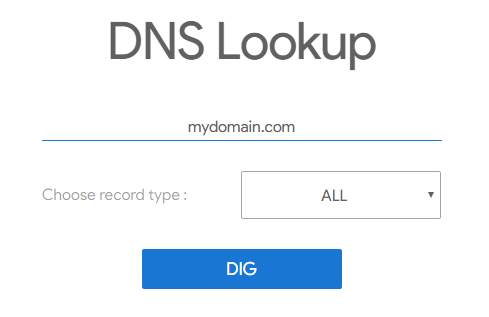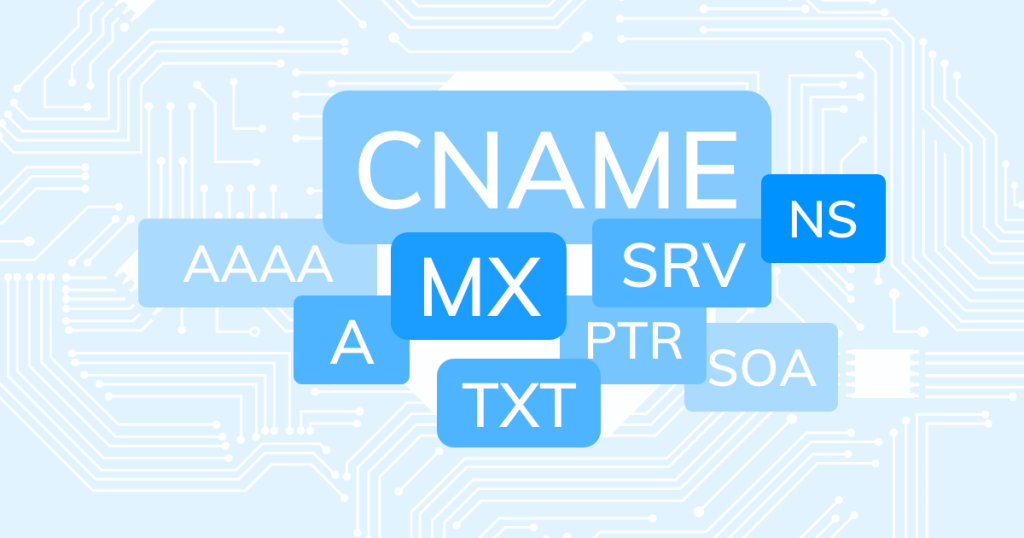
In the vast realm of the internet, where websites and services seamlessly connect users around the globe, the Domain Name System (DNS) plays a crucial role as the unsung hero. DNS lookup, a fundamental aspect of the DNS, is the process through which human-readable domain names are translated into machine-readable IP addresses. In this blog post, we will unravel the intricacies of DNS lookup, shedding light on its significance and the mechanics that power the backbone of the internet.

Table of Contents
Understanding DNS Lookup
1. The Basics of DNS:
At its core, DNS is a hierarchical and distributed system that translates human-friendly domain names, like www.example.com, into IP addresses, such as 192.168.1.1. This translation is vital for internet communication, as computers rely on IP addresses to locate each other.
2. Anatomy of a DNS Lookup:
- Step 1: User Input (Domain Name): A user enters a domain name into their browser, initiating a DNS lookup.
- Step 2: Local DNS Resolver: The user’s device queries a local DNS resolver, often provided by the Internet Service Provider (ISP) or configured on the device itself.
- Step 3: Recursive Query: If the local resolver doesn’t have the IP address in its cache, it performs a recursive query. It traverses the DNS hierarchy until it finds the authoritative DNS server for the requested domain.

3. DNS Hierarchy and Zones:
- Root DNS Servers: These servers provide information about the Top-Level Domains (TLDs) like .com, .org, and .net.
- TLD DNS Servers: Responsible for specific domain extensions, such as .com or .org.
- Authoritative DNS Servers: Store and provide information about specific domain names.
4. Caching and Time-to-Live (TTL):
- Caching: To improve efficiency, DNS resolvers cache the results of previous queries. Cached entries expedite subsequent lookups for the same domain.
- Time-to-Live (TTL): Each DNS record comes with a TTL value, determining how long the information can be cached. Once the TTL expires, the resolver must perform a new lookup to refresh the data.
5. Types of DNS Records:
- A Record: Maps a domain to an IPv4 address.
- AAAA Record: Maps a domain to an IPv6 address.
- CNAME Record: Alias of one domain to another.
- MX Record: Specifies mail servers responsible for receiving email.
- NS Record: Indicates the authoritative DNS servers for the domain.

Why DNS lookup important for website ?
DNS lookup is crucial for websites because it serves as the mechanism through which users’ requests to access a website are translated from human-readable domain names to machine-readable IP addresses. This process is essential for several reasons:
- User Accessibility:
- DNS lookup enables users to access websites using easy-to-remember domain names (e.g., www.example.com) rather than numerical IP addresses. This user-friendly approach enhances the accessibility of websites and simplifies navigation on the internet.
- Global Reach:
- For websites with a global audience, DNS lookup allows for the efficient distribution of traffic to servers located in different geographical locations. This helps in providing a faster and more responsive user experience by directing users to the nearest server through the use of Content Delivery Networks (CDNs).
- Server Discovery:
- DNS lookup is crucial for discovering the IP address of the server hosting a particular website. When a user enters a domain name in their browser, the DNS resolver is responsible for finding the corresponding IP address, allowing the browser to establish a connection with the server.
- Load Balancing:
- Websites often employ load balancing strategies to distribute incoming traffic across multiple servers. DNS plays a role in this by directing users to different server IP addresses in a round-robin fashion, ensuring optimal resource utilization and preventing server overloads.
- Redundancy and Failover:
- DNS enables the implementation of redundancy and failover mechanisms. By associating a domain with multiple IP addresses, DNS can redirect traffic to an alternative server if the primary server becomes unavailable. This helps in minimizing downtime and ensuring continuous service availability.
- IP Address Changes:
- Websites may need to change their hosting infrastructure, leading to changes in IP addresses. DNS lookup facilitates the transition by updating the associated IP addresses, allowing users to continue accessing the website without disruption.
- Email Delivery:
- DNS is essential for email communication. It provides information about mail servers through MX (Mail Exchange) records, ensuring that emails are routed to the correct mail servers associated with a domain.
- Security Considerations:
- DNS lookup is integral to security measures, such as DNS Security Extensions (DNSSEC), which adds an extra layer of authentication to DNS data. This helps in preventing various types of cyber attacks, including DNS spoofing and cache poisoning.
DNS lookup is a fundamental process that underlies the accessibility, performance, and reliability of websites on the internet. It is a crucial component in the infrastructure that allows users to seamlessly interact with websites using human-readable domain names.

Conclusion
In the grand tapestry of the internet, DNS lookup is the silent choreographer that ensures a seamless and efficient flow of information. Understanding the mechanics behind DNS, from the hierarchical structure to the caching mechanisms, empowers users and IT professionals alike. As we continue to witness the evolution of the internet, the reliability and speed of DNS lookup remain indispensable, solidifying its place as an unsung hero in the digital age.





